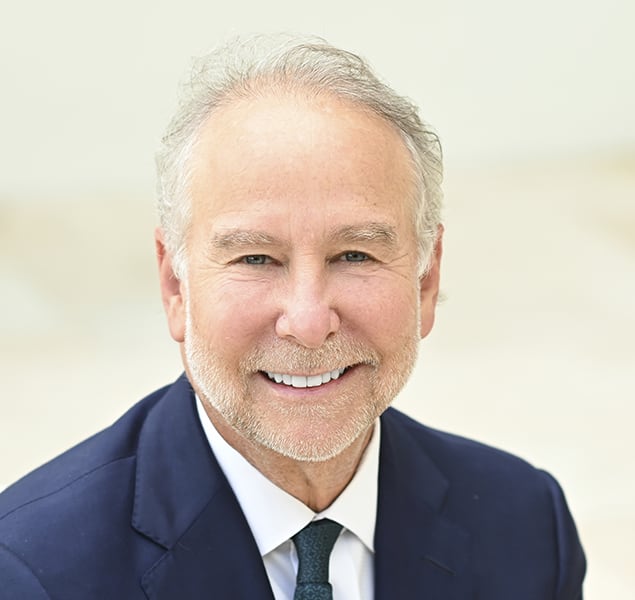The upper eyelid and eyebrow are intimately intertwined. Some patients who seek a consultation for eyelid surgery learn that the improvement in appearance they desire may include a brow/forehead lift in place of, or in addition to, an eyelid lift. Patients typically consider the removal of excess skin and fat excess as the primary procedure. However the lid and the brow are not mutually exclusive—and successful rejuvenation of them must be addressed together. Surgery on one directly affects the shape, contour and function, of the other. A low position of the eyebrow can contribute to, or worsen the appearance of heavy upper lids. Both must be addressed to achieve the best result.
Both genetics and aging can play a role in the condition and position of your forehead, brow line, and eyelids. Brows that have descended can make you look worried, tired, or sad. A brow lift repositions the soft tissue of the forehead and raises the brow line to a more youthful position. The natural arch of the eyebrows can also be restored by lifting the forehead skin and lax muscles, creating a more refreshed expression. Frown lines and creases along the forehead may also become smoother and less visible.
Patient Results






